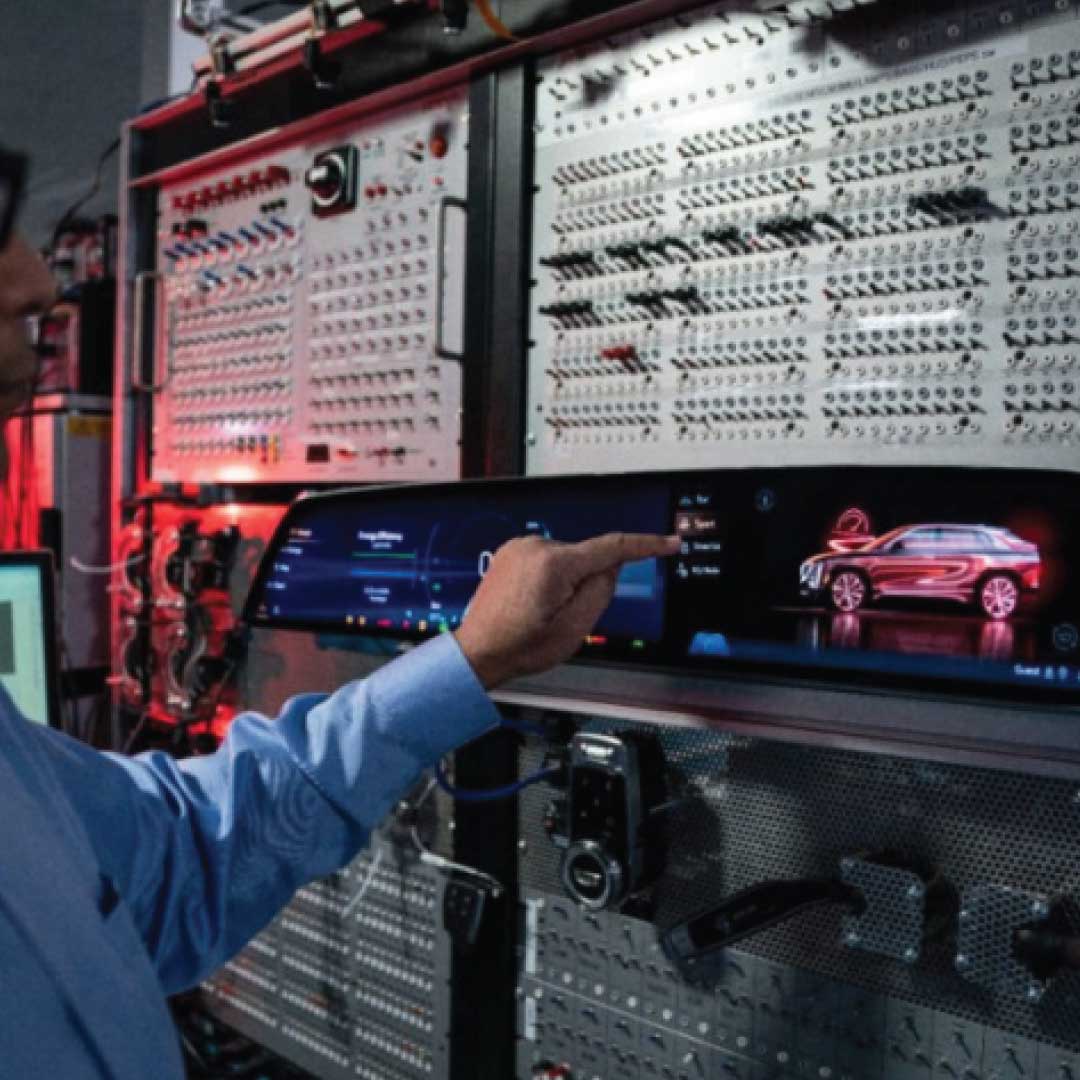Red Hat Inc., the world’s largest provider of open source solutions, has established a partnership to advance software-defined cars at the edge. The businesses anticipate expanding an innovation ecosystem centered on the Red Hat In-Vehicle Operating System, which provides a functional-safety certified Linux operating system base for the continued expansion of GM‘s Ultifi software platform.
What Red Hat Intends To Achive With Ultifi
Following Ultifi’s initial introduction, Red Hat’s cloud-native, enterprise-grade, open-source operating system will accelerate the development of GM’s software-defined vehicle initiatives. This will allow both organizations to safely give customers more valuable products in a fraction of the usual development time.
Due to the importance of safety, in-vehicle software systems are sophisticated and require high levels of cybersecurity protection and demanding certifications. These stringent requirements frequently extend the development process in present systems and make it difficult to update the vehicle software, as each change necessitates recertification.
Read Also : Apple discontinues the famous iPod Models
GM and Red Hat seek to simplify and increase the frequency of these complicated vehicle updates by introducing continuous functional-safety certification into the Ultifi platform, with Red Hat In-Vehicle Operating System pioneering the continuous certification method, which was unveiled last year.
The integrated software will support various safety-related and non-safety-related in-vehicle applications, such as entertainment, advanced driver assistance systems, body control, and connection.
By standardising open-source Linux and cloud-native technologies, the transportation industry can achieve faster innovation and enhanced sustainability. Common standards can increase software reuse and allow a more scalable design process, allowing GM to allocate more resources to new personalized in-cabin experiences, vehicle modes, and other customer-appreciated features.
In It Together With GM
GM and Red Hat intend to accomplish the following with the integration of the Red Hat In-Vehicle Operating System into the Ultifi platform:
Cost savings result from the consolidation and reuse of software across a single platform.
A more efficient development cycle accelerates time-to-market for new client features and software enhancements.
Continual functional safety certification for systems associated with safety applications
development of innovative services, business strategies, and income streams.
Red Hat will contribute to the 2023 introduction of Ultifi, General Motors’ end-to-end vehicle software platform. Ultifi enables more frequent and seamless over-the-air delivery of clients’ software-defined capabilities, apps, and services.
Read Also : Google to Remove 900,000 Abandoned Apps from Play Store
The platform decouples application software from hardware and offers programming interfaces for software development. Creating a more flexible architecture enables the expansion of cloud-based services, the acceleration of software development, and the introduction of additional consumer value without disrupting basic hardware controls.
More On GM Ultifi
GM Ultifi is intended for universal use as a Linux-based system by GM developers, suppliers, and the developer community. Linux enables highly-skilled professionals from various industries to swiftly become proficient and enhance innovation through unconventional thought.
With numerous sensors and vast volumes of anonymized data, car software provides developers with a unique and exciting opportunity to go beyond the limitations of traditional consumer intelligent devices. In reality, authorized third-party developers that fulfill stringent security, safety, and privacy standards will be granted access to Ultifi to innovate for the immediate benefit of GM consumers.
The automotive industry is at a turning point as consumers begin to evaluate what their future driving experience may entail. Red Hat and GM, as respective leaders in open source and the automotive industry, are set to create and link the automotive ecosystem that will drive solutions for next-generation automobiles. Red Hat In-Vehicle Operating System’s introduction to the transportation industry enables automakers to adopt quick, open-source innovation in the present and future.
“With millions of lines of code supporting vital systems such as driver assistance, fuel economy, and more, current vehicles resemble high-performance mobile computers more than past automobiles.” Now is the moment to innovate. These new vehicles allow our sectors to unite and establish a shared open platform without compromising functional safety. By cooperating with GM on the Red Hat In-Vehicle Operating System, we hope to introduce the era of open source to the automobile industry, which will benefit manufacturers, ecosystem partners, and customers.
Francis Chow is Red Hat’s vice president and general manager for the In-Vehicle Operating System and Edge.
General Motors Platform Driven Organization
“General Motors is now a platform organisation, and our partnership with Red Hat is essential to advancing our Ultifi software development.” As we strive to create the most developer-friendly software platform in the business, incorporating the company’s expertise in open source solutions and enterprise networks will pay off. With Red Hat’s operating system as a critical enabler of Ultifi’s capabilities, the potential for creativity is unbounded.
Scott Miller is General Motors’ Vice President of Software Defined Vehicle and Operating Systems.
“Over the past decade, the automotive industry has sought ways to harness the open-source community; the advent of the software-defined car indicates their convergence. The vast addressable area of in-vehicle and edge software in modern automobiles needs an ecosystem-driven approach to lower manufacturers’ software development expenditures, of which almost half is devoted to maintenance and triage.
In addition, maintaining strict compliance with safety requirements necessitates high software assurance levels. This alliance exemplifies the feasible type of innovation when IT and automotive giants combine their core competencies to develop unique solutions that form the basis of the software-defined vehicle. “




